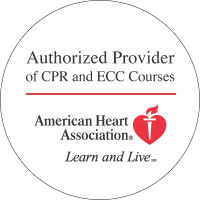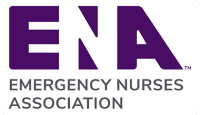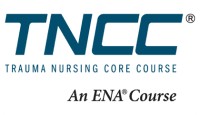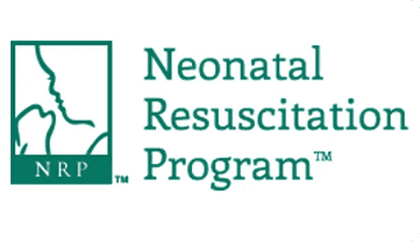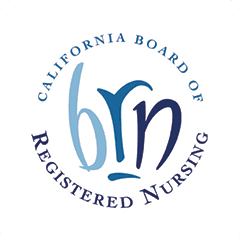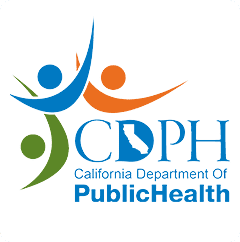An in-depth look at ACLS and PALS certification classes and their respective study booklets will quickly show you that there are numerous medications that can be used for every algorithm. While all of these medications are important and will probably be used on your floor or in your emergency department at one point or another, some of them are more likely to be seen on your certification examination and during your mega code. Therefore, focusing on the classification, dosages and usages of the following medications is most helpful for your limited study time.
Adenosine
Adenosine is used in both ACLS and PALS algorithms as an anti-arrhythmic medication. It typically treats supraventricular tachycardia by creating a short-lasting atrio-ventricular block. In addition, it can decrease blood pressure by dilating arterial walls. However, you do have to be careful when giving this as too high of a dose can decrease oxygen perfusion throughout the body.
Amiodarone
Amiodarone is another anti-arrhythmic used in both ACLS and PALS algorithms. Unlike adenosine, amiodarone delays repolarization of the heart muscle and is effective at treating a variety of arrhythmias. It is used after epinephrine if defibrillation does not work during cardiac arrest. It is also used for ventricular fibrillation and tachycardias.
Atropine
Atropine is also used in both ACLS and PALS to treat symptomatic bradycardia. While it was once part of the cardiac arrest, asystole and PEA algorithms, it is no longer recommended for those uses because of insufficient evidence of positive results.
Dopamine
Dopamine can be used for both adults and children and is primarily considered to be a first line of treatment for hypotension. However, it can also treat symptomatic bradycardia by increasing the heart’s contraction force particularly following resuscitation.
Epinephrine
Epinephrine is probably the most commonly known drug in both ACLS and PALS, and it is a first line of defense for many concerns. As a catecholamine, epinephrine revs up many parts of the body in what is known as the fight-or-flight response. While it can be used to treat numerous types of allergic reactions, it is used in other life-saving algorithms for its cardiac benefits. It is part of the pulseless ventricular tachycardia, V-fib, asystole and PEA pathways.
Lidocaine
Lidocaine is both a sodium channel blocker and an anti-arhythmic that decreases the speed of the heart. While it is not a first line agent in ACLS, it can be used if amiodarone is not available to treat V-fib and pulseless ventricular tachycardia and in PALS for the same reasons.
Naloxone
Commonly called Narcan, naloxone has come increasingly into the public’s eye as a first-line agent for opioid overdoses. It should be used as a primary treatment in patients who display common overdose symptoms upon arrival.
If you study each of these seven medications well, you should be able to pass both your PALS and your ACLS certification examinations with no trouble. In fact, it can be very helpful to take these classes close together because they are similar in many ways. Plus, when you schedule both of them around the same time with Project Heartbeat, you can bundle them and save some money.
Contact Project Heartbeat today, or check out our website to find out when the next ACLS and PALS classes are being held in Sacramento and the Bay Area.


